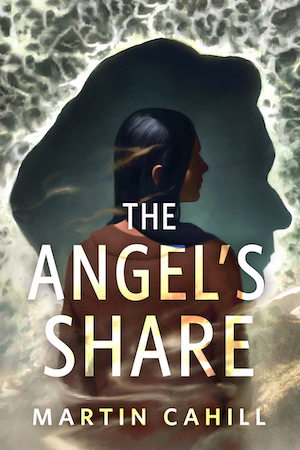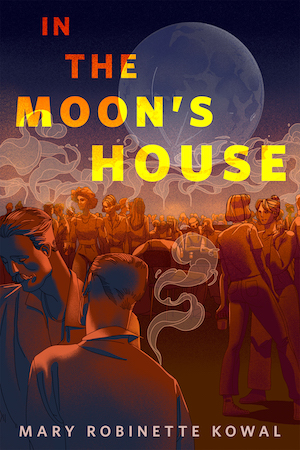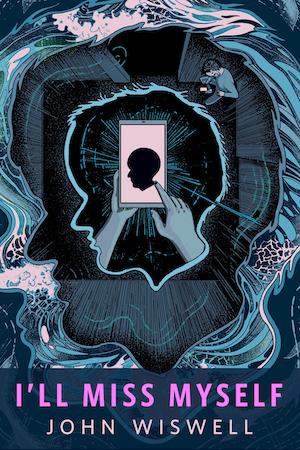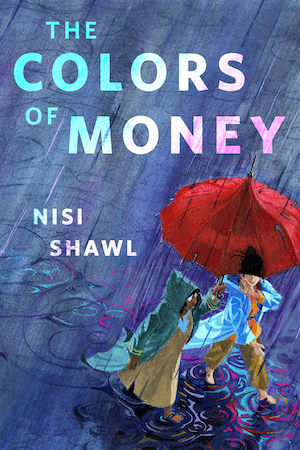Pseudoscience, if it is applied to real life, may leave people poorer and unhappier. If they are unlucky, it may well leave them dead. Moreover, it may impoverish, immiserate, or kill unfortunate kinfolk of the gullible or those under the rule of those who believed some egregious crackpottery.
But there is an upside1. Even completely bonkers pseudoscience can be wonderfully inspirational for a hard-working science fiction author. Embracing a single impossible idea for the sake of a story is widely held as acceptable behavior. The results can surprise and delight2!
Consider the following works based on pseudoscience. Some I would consider very, very good; others are at least interesting.
Ancient Astronauts
As anyone who has filled the empty hours on public transit with dissection apps on their phone can attest, under the skin humans are commonplace tetrapods, their interior structure homologous with that of a tetrapod lineage that can be tracked back through the fossil record for hundreds of millions of years. In other words, humans are a very local product. Nevertheless, the idea that humans came from somewhere else can be narratively useful.
Take for example Ursula K. Le Guin’s Hainish setting. She posits that humans originated on Hain, not Earth. Hain peopled a great many planets, sometimes modifying the settlers for reasons now unclear3. Among other benefits, this allowed Le Guin to play with the consequences of altering one significant element of human biology while leaving the rest untouched. In the setting of her The Left Hand of Darkness, Gethenians have no fixed sex, which has profound consequences for their culture.
Young Earth Creationism
The physical evidence strongly supports the belief that the Earth is billions of years old. However, for reasons I am certain my editors would strongly prefer me not to dwell upon4, certain groups find an ancient Earth philosophically unacceptable and have poured vast efforts into alternative models. Still, the rocks say what the rocks say. Happily for science fiction, authors need not be bound by overwhelming evidence.
Douglas Adams’ The Hitchhikers Guide to the Galaxy plays with the notion of an Earth whose age is illusory. Hitchhikers’ Earth is a creation of comparatively recent vintage, built for a very special purpose. Alas for human self-regard, that purpose had nothing to do with us. And alas for the original architects, Earth was destroyed just before it reached its goal. Which, to be fair, is how they should have expected events to play out in a Douglas Adams novel.
Parapsychology
Wouldn’t it be wonderful if by sheer force of will we could communicate with distant people, levitate heavy objects, or transport ourselves from one location to another? Alas, despite J.B. Rhine’s efforts to show otherwise5, parapsychology is pure bunkum not supported by the evidence. Humans are forced to rely on functional but unromantic technological solutions such as phones, forklifts, and airplanes.
Nevertheless, narrative universes in which humans possess vast mental powers are super-cool. Examples abound. Anne McCaffrey’s To Ride Pegasus is set in a world where paranormal powers are real and useful. The North American Center for Parapsychic Talents struggles to deal ethically and safely with the consequences of that fact.
Fortean Phenomena
Dissatisfied with conventional science for various reasons, Charles Fort methodically documented apparent anomalies which, when taken together suggested vast lacunae in human understanding of the world. Fort’s sincerity is debatable. Perhaps Forteanism was Fort’s coping mechanism for life’s absurdities. Nevertheless, his acolytes took Fort quite seriously.
Eric Frank Russell’s Sinister Barrier may have been inspired by Fort’s thesis that “the Earth is a farm; we are someone else’s property.” If not, it is still a useful demonstration of what one author can do with such a notion. In Sinister Barrier, a wave of inexplicable deaths and sudden suicides strikes America’s brain trust. Are foreign powers6 targeting America? The truth is far worse.
Conspiracy Theories
Conspiracy theories provide many benefits. A confusing world becomes explicable thanks to a straightforward model. Adherents can take comfort from knowing that they are important enough to be schemed against and from the belief that they are among the cognoscenti in the know.
It’s true that such beliefs, when pitted against real-world facts, turn out to lack any explicative or predictive power. That is no problem for the true believers; the media and the powerful have obviously been corrupted by conspiracies that are even more pervasive than previously believed.
After dealing with all too many crank letters, Playboy Forum editors Robert Anton Wilson and Robert Shea posed the question “What if all of the conspiracy theories, even the mutually exclusive ones, were true?” The answer was Wilson and Shea’s Illuminatus! Trilogy, a stupendously 1970s tour of a world filled with plots, a world where They are very much out to get You.
The above works are a very small sample of the pseudoscience-based confections that SF authors have published. Quite possibly I’ve neglected your favourite examples of pseudoscience-inspired works. If so, feel free to entertain us all in comments below.
- Well, there’s another upside. Pseudoscience can make a few con artists extremely rich. As can fortunetelling, astrology, cults, etc. Human gullibility in general is a real moneymaker. ↩︎
- Sometimes the only reader who was surprised and delighted by stories based on pseudoscience was John W. Campbell, Jr. but he paid reliably and well. ↩︎
- The notion that the ancient Hain were colossal jerks seems reasonable. That would explain why they did the things they did and why their colonies cut off contact with Hain/were abandoned by Hain for hundreds of thousands of years. ↩︎
- My editors can take comfort in my decision to stick to books by dead authors, thus moving pseudoscientific responses to climate change in general and Fallen Angels in particular off the board. Also omitted, A. E. van Vogt. He had a hard life; documenting his efforts to fill the hole left by the Mennonite upbringing from which he distanced himself feels like bullying. ↩︎
- Alfred Bester explained away the lack of evidence by positing that parapsychological powers require extreme, life-threatening circumstances to trigger. Don’t try this at home. ↩︎
- Sinister Barrier was published in 1939 and its treatment of non-Americans, Asians in particular, has [understatement font] not aged well [/understatement font]. ↩︎










